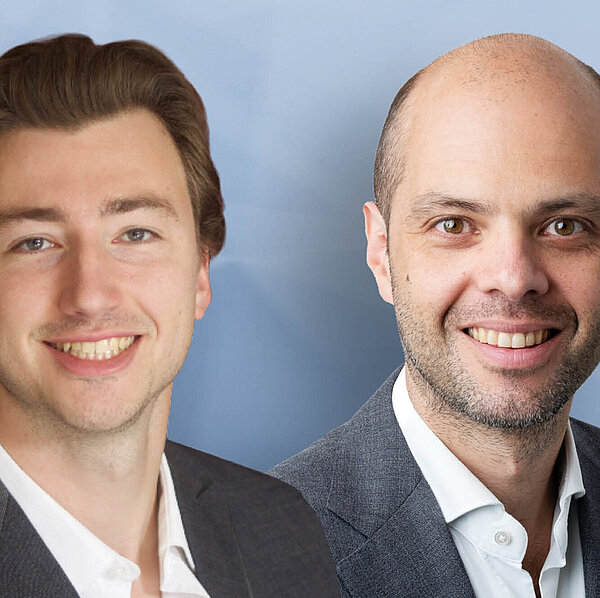
“I don’t want to be adventurous”
Dr. Mauricio Araujo was among the people who established the concept of Ridge Preservation with his studies. We discussed with him about safety, predictability and why "boring" can be very good.
Dr. Araujo, regarding the concepts “early versus late implant approach”, are you in favor of one of the two?
Dr. Araujo: I am not really in favor of a particular timing or procedure. I believe that a predictable approach is what really matters. It's simply like a flight, you want to have a predictable flight, without turbulence .... you want to take off and land uneventfully.
Then, regardless of the approach, what are the dos that have priority in your daily practice?
Dr. Araujo: Diagnosis is definitely my first do. The ability to identify the anatomy you are dealing with. On the basis of this you decide whether to preserve or increase. For example, assuming you have a site with the right volume to hold an implant or even to be used as a pontic, then it makes sense to preserve it. On the other hand, if you have a site for which a CBCT is needed and the anatomy is not good enough to support an implant, why should you preserve it? You must augment and not perform ridge preservation, otherwise you will surely be disappointed by the outcome.
And the don’ts?
Dr. Araujo: Obviously the opposite of the do’s (laughs)! Do not try to preserve an anatomy that is unable to hold an implant or will be a nightmare. Or rather it won't be the end of the world, you can always augment afterwards, but of course you can't change the position of the implant and that would be horrible.
When would you suggest augmenting?
Dr. Araujo: It is always easier to augment at an early stage, when you have already closed the socket entrance and have an extra amount of soft tissue that helps to close the wound. In addition, you still have remaining socket walls to help protect the healed tissue. At an immediate stage it would be more difficult because you have an open wound, sometimes intact bone walls and a small alveolar socket difficult to augment. At a late stage instead there may be no walls to help you.
You were among the people who established the concept of Ridge Preservation with your studies. It is now a well-established treatment option. Does this make you proud?
Dr. Araujo: What a wonderful question (laughs)! To make you understand how I feel, I have to tell you an anecdote. Two weeks ago, after a lecture, I had to go straight to the airport. A friend gave me a lift. I was sitting in the seat next to the driver and in the seat behind there were two dentists, a woman and a man, let's say in their forties. At a certain point the woman starts to say to me: "Dr. Araujo, I must say thank you. You have no idea how much your work and your studies have helped me in my professional and private life. I am grateful to you." Here, this is how I feel. The people around me, their smiles, are a gift. So I'm certainly proud, but I'm also very grateful. Smiles are priceless.
Talking about anecdotes, you and Jan Lindhe were very close collaborators. Can you tell us an episode that gives us an impression how the atmosphere in Gothenburg’s research department was like?
Dr. Araujo: I have a lot of good memories, but I particularly remember Jan telling me all the time: "If your mom doesn't understand you, there's got to be something wrong." And so he made me repeat all the presentations over and over to develop my process of thinking, which must be clear to everyone. I started spending entire Sundays and nights at the library of the Periodontology department, at the microscope, and discussing every detail with Prof. Lindhe. Honestly... I loved every single minute, every single moment was wonderful.
Brazilian dentistry is more focused on esthetics than Scandinavian dentistry, which is more focused on the “save the tooth” approach. Where are you positioned in this spectrum? Where do you feel more “at home” with regards to this question?
Dr. Araujo: That's an interesting question. Because there's no doubt that I save more teeth than I extract. So in this sense I am 100% Scandinavian. But that doesn't mean that if the esthetic aspect is fundamental for a patient, I won't try to please her/him. But if satisfying her/him would mean sacrificing a healthy tooth, I wouldn't do it. However, I believe that nowadays there are so many techniques available that the two approaches/results can be combined. Save the tooth with a good esthetic result.
Your father was a pilot. A completely different profession from yours. Which of his teachings do you carry with you?
Dr. Araujo: Pilot-dentist is an interesting analogy! My father has had a very long career, 42 years. And once I asked him: "Dad, do you have any interesting, exciting stories to tell me?" And do you know what he said to me? "I've really had a boring life. Every time I've flown, I've always tried to have the most boring flight possible. After all, that's what people want, they want to be safe and comfortable, they don't want to be fast.” And so the circle closes and we return to the beginning of the interview. I learned from my father to be predictable and safe, I don't want to be adventurous!
Photo Header: Aileen Hoffschlag




